Indiana Jones and the Dial of Destiny review: Indy is back for a new but familiar adventure
The fifth, and possibly final, Indiana Jones film has put all of its proverbial eggs in the ‘nostalgia basket’, producing mixed results
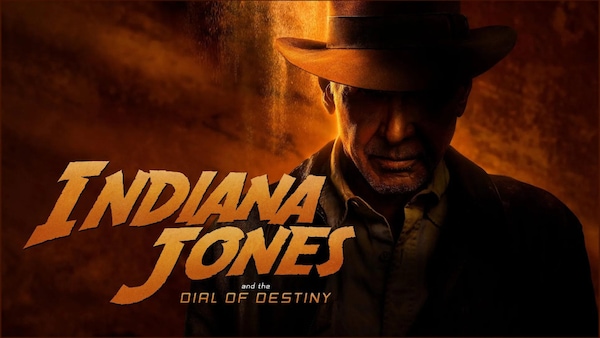
Last Updated: 11.13 PM, Jun 29, 2023
Story: Set in the late 60s, Indiana Jones (Harrison Ford) is retiring as a professor. But on his final day at work, he is visited by his estranged goddaughter Helena Shaw (Phoebe Waller-Bridge), who tries to convince him to join her in her efforts to find Archimedes’ long-lost artefact Antikythera or the Archimedes Dial. Indy soon realises that former Nazis, who have embedded themselves in high positions in the US, are after the artefact – leaving a trail of dead bodies in their wake.
Review: Harrison Ford is back donning the iconic hat and whip for a new adventure, and is up against some old foes – the Nazis. The film leans heavily on nostalgia, despite James Mangold replacing Steven Speilberg as the director. The set pieces, the music, the dialogues, and the overall aesthetic is a throwback to the original trilogy helmed by Speilberg. However, the familiar car chases and action sequences, despite their obvious appeal, begin to grow stale by the second act. The narrative does offer moments of unbridled entertainment, but it desperately needed fresh impetus in terms of storytelling to turn the film into a compelling action adventure.
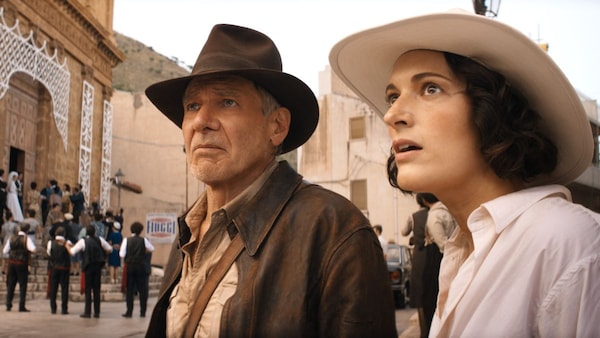
There could be no argument that the Indiana Jones franchise redefined the action-adventure genre, and has been instrumental in spawning iconic franchises such as The Mummy, Tomb Raider, and Uncharted. But its reluctance to evolve for the modern audience, whilst keeping its core elements intact, is disenchanting. The writers could’ve taken a leaf out of the Uncharted video game franchise on how to serve an old wine in a brand-new bottle. Uncharted 4: A Thief's End, offers a definitive conclusion to a beloved protagonist while introducing a new pivotal character. But what sets it apart from Indiana Jones and the Dial is the fact that its hero, Nathan Drake, is up against a completely new foe and the story is told through new settings and set pieces. The new elements are introduced without sacrificing the central components that endeared the franchise to millions.
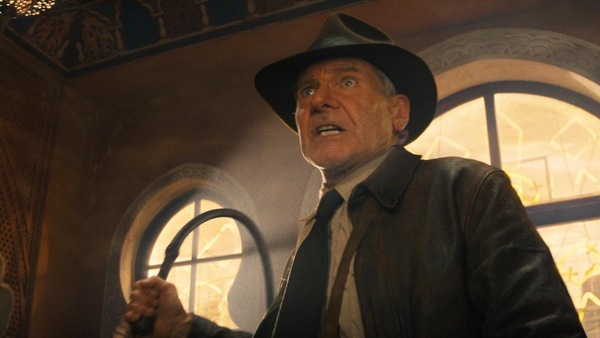
The new Indiana Jones film ticks many of the right boxes in terms of what one should expect from a summer blockbuster. But just not the right ones to elevate the film to a much higher standard. The action sequences, the visuals, and the performance by Phoebe Waller-Bridge in particular deserve credit. Her character is a cliche at times but is written with enough care and performed with great conviction by the Fleabag star and creator. And the father-daughter dynamic between herself and Indy, despite being predictable, is well-executed. It is almost as if Waller-Bridge used the film as research material for her upcoming Prime Video original series, Tomb Raider, in which she will be serving as the series creator.
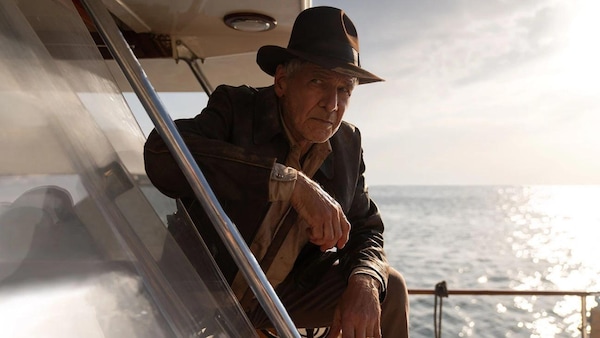
Mads Mikkelsen as the villainous Jürgen Voller is seemingly inspired by real-life scientist Wernher von Braun – the former Nazi scientist instrumental in the United States Apollo 11 mission to the moon. It is essentially a nod to theories that von Braun never truly renounced his allegiance to the Third Reich. Ironically, the studio that released the film, Disney, is partly responsible for glorying von Braun as an American hero through its TV programs. Comedian and social satirist Mort Sahl is reportedly credited with the quote, "I aim at the stars, but sometimes I hit London,” referring to von Braun’s involvement in bombing London for the Nazis during World War II. The truth behind von Braun’s loyalties is yet to be ascertained. But Mikkelsen’s Voller is most certainly a villain, with plans and ambitions that put Adolf Hitler’s objectives to shame.

The final scenes of the film do offer something unique, and it’s a shame it is not explored even further across the narrative. The story and the idea of time travel, which has multiple theories in multiple stories, is very similar to Michael Crichton’s novel Timeline. The idea of space-time paradoxes should’ve ideally factored into the narrative more frequently than it does. The one aspect the film does excel in is its de-ageing technology used on Harrison Ford for the flashback scenes.
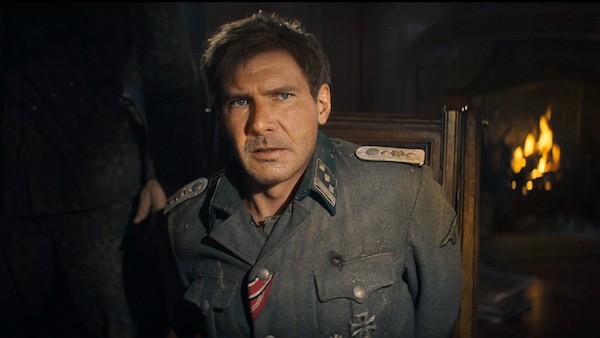
Verdict: Indiana Jones and the Dial of Destiny, directed by James Mangold, leans heavily on nostalgia, and it begins to grow repetitive by the second act. Despite memorable action sequences, the film is shackled by cliches and familiar tropes. It is also a sharp contrast in terms of cinematic aesthetics and storytelling, in comparison to Mangold’s critically acclaimed films such as 3:10 to Yuma, Logan, and Walk the Line.
Subscribe to our newsletter for top content, delivered fast.

